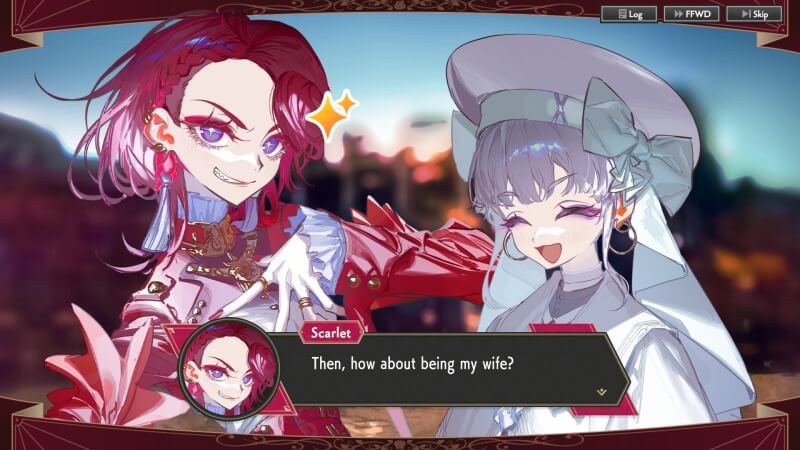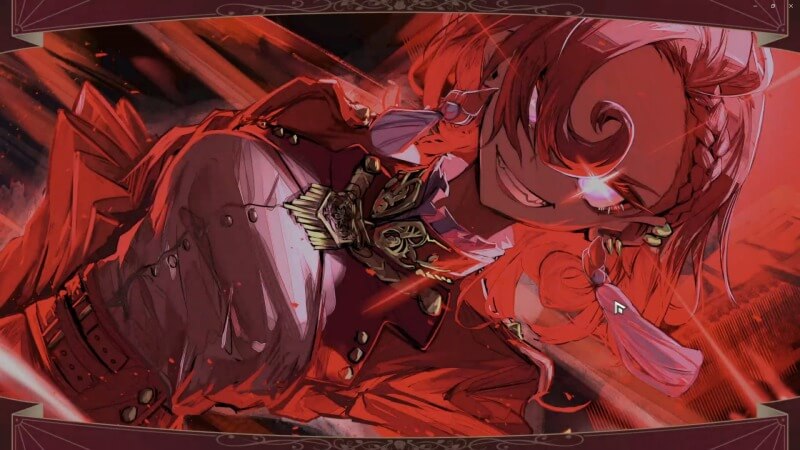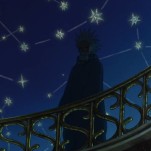Great Villainess: Strategy of Lily Maintains the Social Subversion and Queerness of Its Anime Inspiration

It feels like an understatement to say that the anime scene has an ongoing obsession with video games. From Sword Art Online to the alarming number of modern isekai barely attempting to hide their hijacked RPG stat screens, these stories dominated the light novel space before spilling over into the manga and anime scenes like a leaky dam.
And while the majority of these are quite forgettable, using established gameplay conventions as an excuse to avoid custom worldbuilding, there’s a specific sub-section that has a much higher hit rate: villainess stories.
For those outside the know, villainess stories tend to follow women who die (frequently from overwork, which is very grim) and are reborn in the world of an otome game, a style of dating sim generally targeted at a female audience. The twist is that instead of being reincarnated as the plucky heroine, they instead take the place of the villainess, antagonists who are fated to meet an untimely end if the game’s events play out as expected.
But the weird thing about this genre is that while you might assume that these stories are based on real-world otome games and are seeking to subvert their tropes by humanizing the genre’s archetypal bad girls, the reality is a little more confusing. Traditionally, most otome games don’t feature villainess antagonists at all. Instead, the villainess trope is more an amalgamation of influences, combining the ringleted antagonists of many shojo manga, the “reincarnated as the romantic rival” premise of the web novel Kenkyo, Kenjitsu wo motto ni Ikite Orimasu!, the general structure of otome VNs, and the video game-referencing verbiage of LitRPGs.

This specific mixture truly came to the fore after the light novel series My Next Life as a Villainess: All Routes Lead to Doom! climbed to the top of the self-publishing website Shōsetsuka ni Narō, setting off a chain reaction of copycats on that platform and elsewhere, some of which are quite good: Endo and Kobayashi Live! The Latest on Tsundere Villainess Lieselotte, From Bureaucrat to Villainess: Dad’s Been Reincarnated!, and I’m In Love With the Villainess, to name a few.
But while the villainess genre has its roots in light novels instead of video games, we’re finally seeing some games that adopt these tropes, whether it’s itch.io indies or adaptations of the above-mentioned series, like My Next Life as a Villainess. Of these, the recently released Great Villainess: Strategy of Lily is easily one of the most ambitious, unexpected, and interesting, combining many of the above-listed conventions with its own strategy-themed twist.
The game follows Scarlet, a villainess who was engaged to the crown prince before being accused of a crime she didn’t commit (a common trope in these stories). In this case, the alleged misgression is a pretty big one: regicide. After news of the assassination spreads, the prince attempts to capture Scarlet, and our protagonist is about to spill some blue blood for real when she’s talked down by an engineer named Lily, who helps her escape on her airship. Before long, the pair fall backwards into leading a revolution against the aristocracy so Scarlet can avoid the guillotine and have some fun in the process.

Basically, Scarlet is the polar opposite of a traditional noblewoman, a whiskey-chugging, gauntlet-throwing badass who’s one of the strongest fighters in the kingdom. Her description from the in-game glossary is a good summary of what she was up to before the plot kicks in: “Duchess Scarlet, a woman of exceedingly high status, enjoyed seducing people in cafes, heedless of their gender or title. She also got into fights while wearing men’s clothing. Naturally, this behavior turned her into the talk of the town.”
She and Lily are a delightful fire and ice pair, with the former being a hilariously unhinged brawler who punches first and asks questions later, while the latter is her not-so-straight woman, initially seeming quite reasonable before more than going along with Scarlet’s rebellion. I most definitely placed them side-by-side on the battlefield as much as possible, even when this wasn’t strategically advisable, so I could maximize their romance meter in the way that the game clearly wants you to do.
-

-

-

-

-

-

-

-

-

-

-

-

-

-

-

-

-

-

-

-

-

-

-

-

-

-

-

-

-

-

-

-

-

-

-

-

-

-

-

-










































